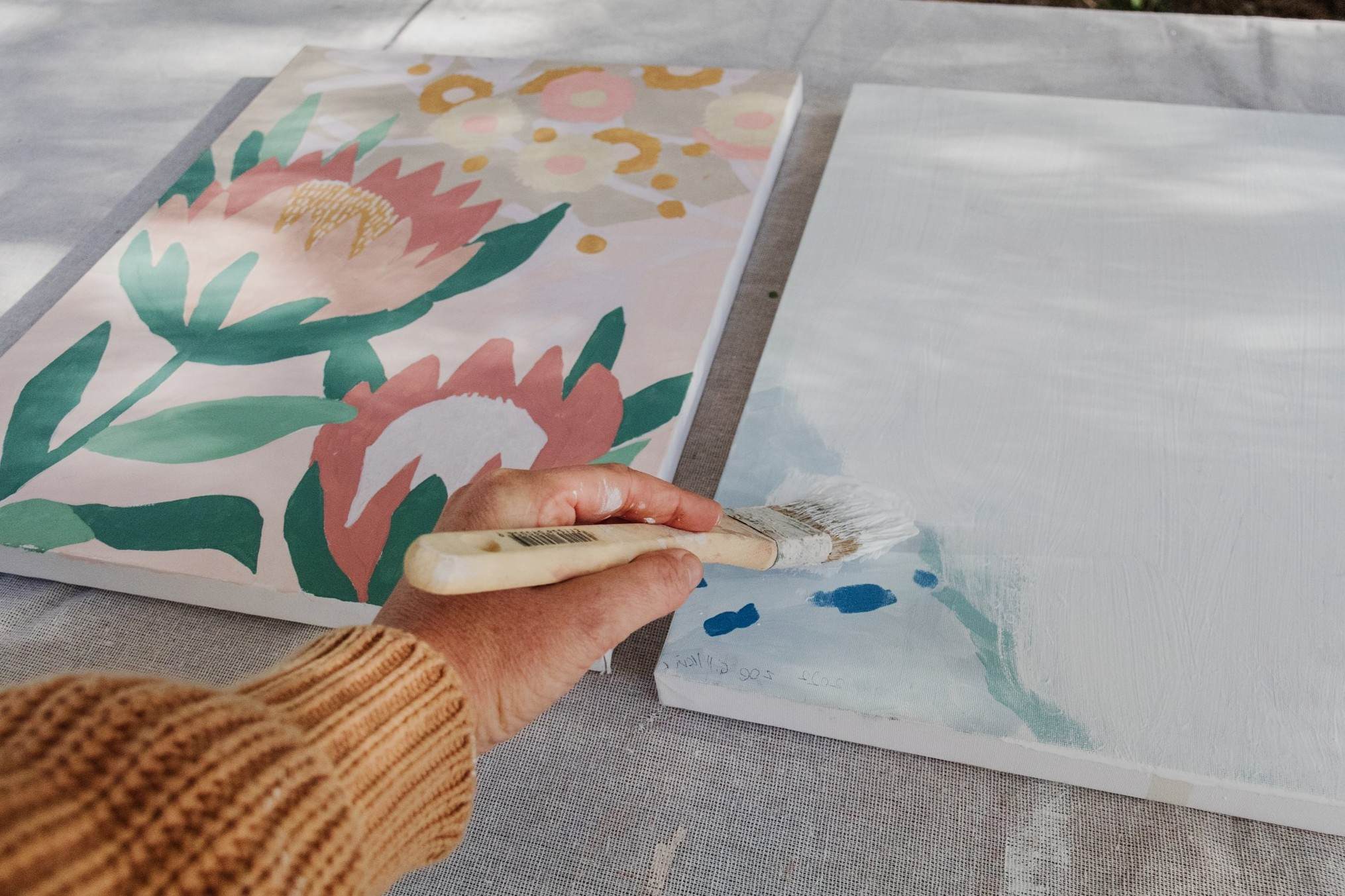
Plaster has been around for thousands of years, but how much do you really know about it? From ancient Egyptian tombs to modern-day homes, this versatile material has played a crucial role in construction and art. What exactly is plaster? Plaster is a mixture of lime, sand, water, and sometimes other materials, used for coating walls and ceilings. It's known for its smooth finish and durability. Whether you're a history buff, a DIY enthusiast, or just curious, these 29 facts will give you a deeper appreciation for this age-old material. Get ready to be amazed by the world of plaster!
What is Plaster?
Plaster is a versatile material used in construction and art. It's been around for centuries, helping build and decorate structures. Let's dive into some fascinating facts about plaster.
-
Ancient Origins: Plaster has been used since ancient times. Egyptians used it to coat the walls of tombs and pyramids.
-
Versatile Material: It can be applied to walls, ceilings, and even sculptures. Its flexibility makes it a favorite among builders and artists.
-
Made from Gypsum: Most plaster is made from gypsum, a soft sulfate mineral. When mixed with water, it forms a paste that hardens over time.
-
Lime Plaster: Another type is lime plaster, made from limestone. It's been used for thousands of years and is known for its durability.
-
Venetian Plaster: This type of plaster gives walls a polished, marble-like finish. It's popular in high-end interior design.
Plaster in Construction
Plaster plays a crucial role in construction. It provides a smooth surface for painting and helps with insulation.
-
Fire-Resistant: Plaster is naturally fire-resistant. It can help slow the spread of flames in a building.
-
Sound Insulation: It also provides sound insulation, making rooms quieter by reducing noise transmission.
-
Durability: When applied correctly, plaster can last for decades without needing repairs.
-
Moisture Control: Plaster helps control moisture in buildings, preventing mold and mildew growth.
-
Historical Buildings: Many historical buildings still have their original plaster walls, showcasing its longevity.
Plaster in Art
Artists have used plaster for centuries to create stunning works of art. Its moldable nature makes it perfect for sculptures and decorative elements.
-
Michelangelo's David: The famous statue was first modeled in plaster before being carved from marble.
-
Frescoes: Artists like Michelangelo used plaster to create frescoes, painting on wet plaster to make the colors last longer.
-
Plaster Casts: Museums use plaster casts to replicate famous sculptures, allowing more people to appreciate the art.
-
Theatre Props: Plaster is often used to create realistic props and sets for theatre productions.
-
Modern Art: Contemporary artists still use plaster for installations and sculptures, pushing the boundaries of the medium.
Fun Facts About Plaster
Plaster has some quirky and interesting aspects that might surprise you.
-
Dental Impressions: Dentists use plaster to make molds of patients' teeth for braces and dentures.
-
Hollywood Magic: Special effects artists use plaster to create molds for prosthetics and makeup effects in movies.
-
Plaster of Paris: Named after the abundant gypsum found in Paris, this type of plaster is used for crafting and medical casts.
-
Eco-Friendly: Plaster is a natural material and can be recycled, making it an eco-friendly choice.
-
DIY Projects: Many DIY enthusiasts use plaster for home improvement projects, from patching walls to creating custom decor.
Plaster Techniques
Different techniques can be used to apply and finish plaster, each giving a unique look and feel.
-
Skimming: A thin layer of plaster is applied to give walls a smooth finish.
-
Stucco: This technique involves applying plaster to exterior walls, creating a textured, durable surface.
-
Sgraffito: Artists scratch designs into a layer of plaster to reveal a different color underneath.
-
Tadelakt: A Moroccan technique that uses lime plaster to create a waterproof, polished surface.
-
Drywall: Also known as gypsum board, it's a modern alternative to traditional plaster walls.
Plaster in Medicine
Plaster has medical applications too, providing support and protection for injuries.
-
Plaster Casts: Used to immobilize broken bones, allowing them to heal properly.
-
Orthopedic Splints: Plaster is used to make custom splints for patients with fractures or sprains.
-
Surgical Molds: Surgeons use plaster to create molds for reconstructive surgery, ensuring a perfect fit.
-
Prosthetics: Plaster molds help create custom prosthetics for amputees, improving their quality of life.
The Final Brushstroke
Plaster of Paris is more than just a crafting material. Its versatility spans from art to medicine to construction. Knowing its history and uses can help you appreciate its role in everyday life. Whether you're creating sculptures, fixing walls, or making molds, this material has got you covered.
Understanding its properties and applications can make your projects smoother and more successful. Remember, it’s not just about mixing powder with water; it’s about knowing how to use it effectively.
So next time you see a plaster cast or a beautiful sculpture, you’ll know the magic behind it. Keep experimenting and exploring with Plaster of Paris. You never know what amazing creations you might come up with. Happy crafting!
Was this page helpful?
Our commitment to delivering trustworthy and engaging content is at the heart of what we do. Each fact on our site is contributed by real users like you, bringing a wealth of diverse insights and information. To ensure the highest standards of accuracy and reliability, our dedicated editors meticulously review each submission. This process guarantees that the facts we share are not only fascinating but also credible. Trust in our commitment to quality and authenticity as you explore and learn with us.
